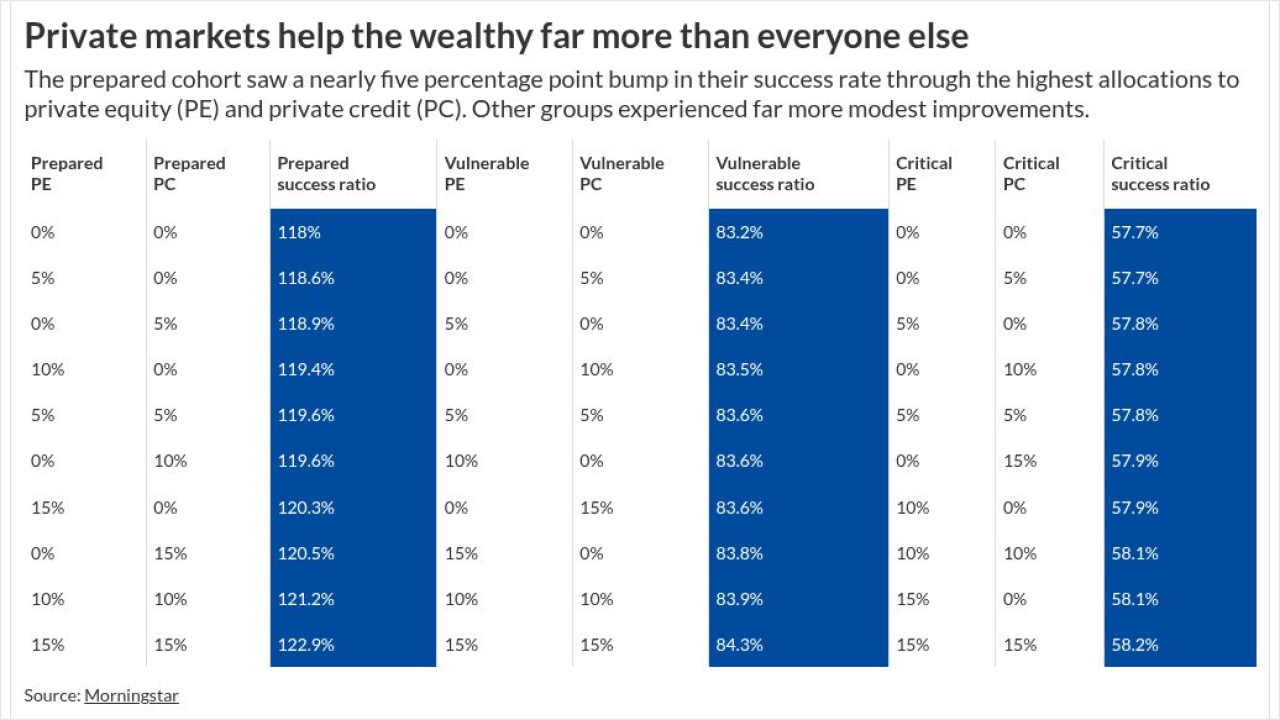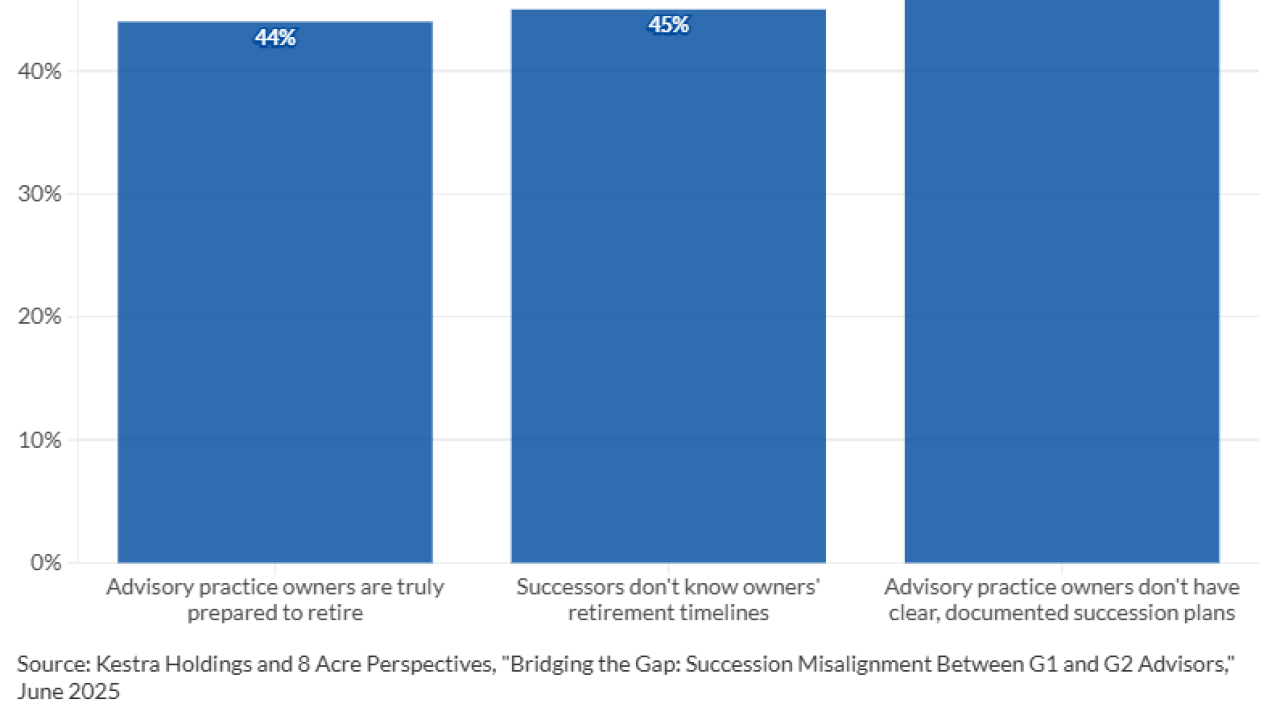The Securities and Exchange Commission continues to recognize the growing influence of the Internet on the mutual fund industry by giving investors greater access to financial information online.
Most recently, the SEC approved a proposal to require fund companies to send investors a short, two-page summary prospectus and post their full prospectuses online-and it appears that unlike when this was attempted 12 years ago, the industry is ready to embrace prospectus profiles.
This proposal could greatly reduce the enormous amount of printed materials mailed to investors and save the fund industry $300 million or more a year from the current $1 billion it spends on printing and shipping fees.
In 1995, a similar proposal was rejected by the industry because not enough people had access to the Internet and legal experts worried about disclosure laws.
All that has changed, as more than 88% of investors are now online and technologies like XBRL (extensible business reporting language) make it easy to search and compare data between funds.
"The core of the proposal is a concise, plain English summary of key information about a mutual fund's investment objectives and strategies, costs and risks, with more detailed information available both in paper and in a user-friendly online format," said Andrew J. Donohue, director of the SEC's division of investment management.
The two-page summary prospectus is intended to be a standalone document and will include information such as risk and return, the fund's investment objectives, strategies and costs, as well as information about the top 10 portfolio holdings and tax consequences. The short summary would encourage investors to go online for more information.
"The online information would be available in a progressively more detailed format so that investors could move from the summary to the particulars with the click of a mouse," said SEC Chairman Christopher Cox during a live webcast of the SEC's open meeting on the proposal. "This layered, webpage layout will let every customer obtain the level of detail they want."
"We're talking into the billions of dollars in savings, when you factor in printing, postage and handling costs," said Len Driscoll, vice president of product marketing at NewRiver.
Driscoll said almost all the information required for the summary is already contained in the current document and fund companies just need to organize that information into the first two pages.
"If all you're doing is reformatting what you're filing already, it shouldn't be that expensive" to comply with the new requirement, he said.
The average investor is expected to benefit the most from the change. Instead of wading through hundreds of pages of fund prospectuses and shareholder reports, an investor can go online and use hyperlinks to find exactly what they're looking for.
Cox is trying to get the SEC to transform its vast electronic filings into an interactive database using the globally standardized business reporting language XBRL.
Instead of treating information as a block of text like a PDF page, XBRL gives each individual item its own identifying tag. These tags are computer readable, making it very easy to search, analyze and compare tags.
"The main benefit to using XBRL is that all funds would have to standardize the way they report to investors," said Mark Bolgiano, president and CEO of XBRL.US.
A single viewer could use the software to compare data from any fund company in the world, regardless of the language or accounting standard, and they wouldn't have to retype essential numbers into a spreadsheet, he said.
"XBRL is a global standard," Bolgiano said. "Everyone is using it. It makes crossing borders a lot easier."
XBRL also greatly increases the speed of handling of financial data, reduces the chance of error and allows automatic checking of information, he said.
The Investment Company Institute, which represents the $12 trillion mutual fund industry, applauded the SEC vote.
"The Commission and its staff, under the leadership of Chairman Christopher Cox, have recognized that mutual fund investors overwhelmingly prefer information that is concise, straightforward, and focused on the issues most important to them," said ICI President Paul Schott Stevens in a release. "Further, the Commission's proposal reflects the power of the Internet to provide more detailed information to investors in a convenient way."
Other industry leaders also praised the SEC proposal.
"Research shows that Internet usage by mutual fund investors has increased dramatically in recent years," said Martin L. Flanagan, president and CEO of Invesco, parent company of AIM Investments. "We support the SEC's proposal to embrace and champion the many virtues of the Internet as a primary vehicle of disclosure for investors. The proposal, in its current form, underscores our core belief that shareholders will benefit from simplified access to essential information."
John V. Murphy, chairman and CEO of OppenheimerFunds, said the proposed short-form prospectus, coupled with the Internet disclosure, is an improved approach over the current rule and previous proposals.
"We commend the Commission, under the leadership of chairman Christopher Cox, for taking this important step," Murphy said.
"This is probably the most sweeping change to disclosure that's ever been proposed," Driscoll added. "Currently you can't compare one fund to another. This new technology will allow for apples-to-apples comparison."
"We're excited the SEC is taking the first step," he said, "and we would like to see the proposed rule posted to the SEC's website so we can get into the details."
The proposed rule was not posted as of press time. Once it is posted, the public will have 90 days to provide comments. The SEC will review public comments on the proposal before making its final decision.
(c) 2007 Money Management Executive and SourceMedia, Inc. All Rights Reserved.
http://www.mmexecutive.com http://www.sourcemedia.com





